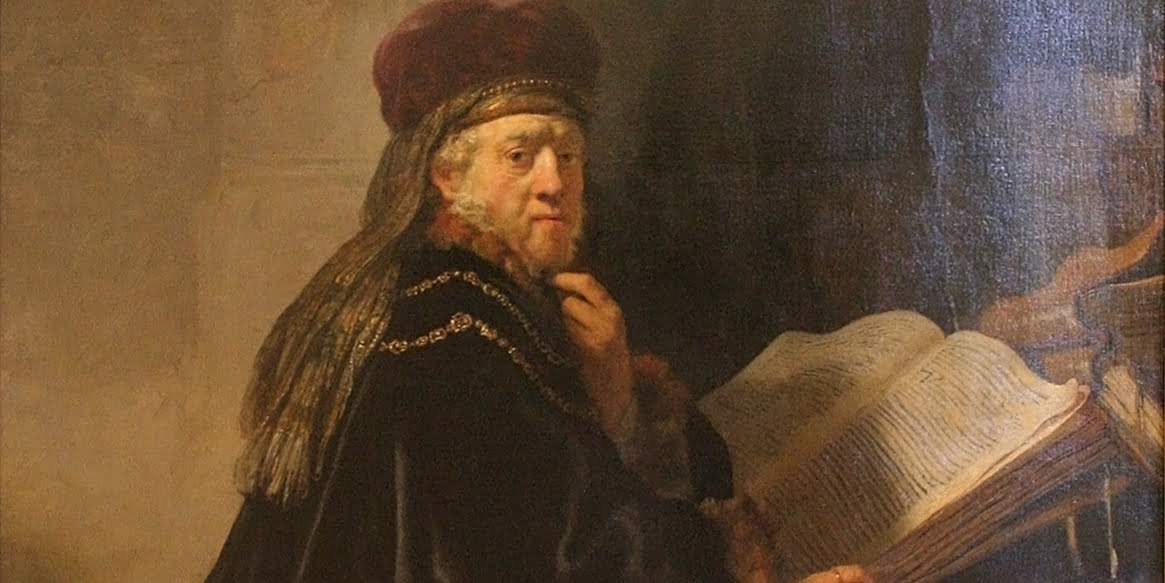
This issue of In Medias Res features some exciting CMS/W initiatives and offers some extra coverage to the W-side of the CMS/W section.
One of the gains of the recent merger of CMS and Writing at MIT is the further integration of two units that have been collaborating closely for more than a decade.
Some years ago, back in the mists of time, CMS founder Henry Jenkins and I sat next to one another at dinner at an MIT Humanities retreat on Cape Cod. We had just finished a day of presentations by the unit heads of their research and education. At the time, Henry was co-directing (with William Uricchio) Comparative Media Studies, and I was head of Writing and Humanistic Studies, and, as we talked about the day’s research directions and commiserated on the challenge of finding resources to support our developing course offerings and graduate programs, something fairly obvious emerged.
CMS had developed a vibrant critical, historical, and creative curriculum around legacy and new media, and WHS had long since become a program oriented around contemporary fiction, journalism, documentary film, and digital media, with talents like Joe Haldeman, Alan Lightman, Helen Lee, Junot Diaz, Nick Montfort, Tom Levenson, and others. I leaned over to Henry, I recall, and said something like “Why don’t we just merge?” Without missing a beat, Henry looked me intensely in the eye and said something like “I haven’t seen any proposals yet.” Well…it wasn’t all that easy to make happen, but the logic was pretty clear a long long time ago.
The W-side brings to CMS/W a workshop culture of creative experimentation in an exciting blend of traditional literary and media arts, as well as innovative curricula and research in contemporary journalism and a model program in communication education and media literacy. While the W-side arts curriculum moves across fiction, poetry, video, photography, and various interactive and avant garde practices, the journalistic and communication curriculum works across civics and media literacy.
Many of these practices pair up naturally with CMS/W research centers like the Education Arcade, Trope Tank, ICE Lab, Mobile Experience Lab, Center for Civic Media, HyperStudio, Game Lab, and Open Documentary Lab. “Mens et Manus,” MIT’s motto, meaning “Mind and Hand,” actually works well for CMS/W, as many of its arts, social sciences, and humanities classes are practice-based and complement or draw on the research initiatives.
CMS/W, as one part of our mission statement notes, is devoted to understanding the ways that media technologies can enrich the lives of individuals locally, across the U.S., and globally. CMS/W faculty, researchers, and students share a deep commitment to the development of pioneering new tools and strategies which serve the needs of diverse communities in the 21st century.
In this issue of In Medias Res, Tom Levenson’s reflections on the new journalism of science reading, Ethan Zuckerman’s new book Rewire on digital civic engagement, and Jing Wang’s NGO 2.0 digital organizing in China all offer exemplary blends of mind and hand in the culture of engagement and innovation at the heart of CMS/W. And the rhetoricians — Ed Schiappa, Suzanne Lane, and Andreas Karatsolis — remind us of the media literacy that lies at the heart of contemporary civic engagement with technology, the humanities, and the arts. Ed will be taking over this fall as interim Head of CMS/W.
In the last issue of In Medias Res, we began with an overview a number of the core faculty of CMS/W, so it is nice to start this issue with profiles of our new class of graduate students, whose remarkable track records have carved a pathway to our program of study. The Mind and Hand educational approach puts us all together in a world of collaboration and projects, where all can learn from each other and help set the agenda.



